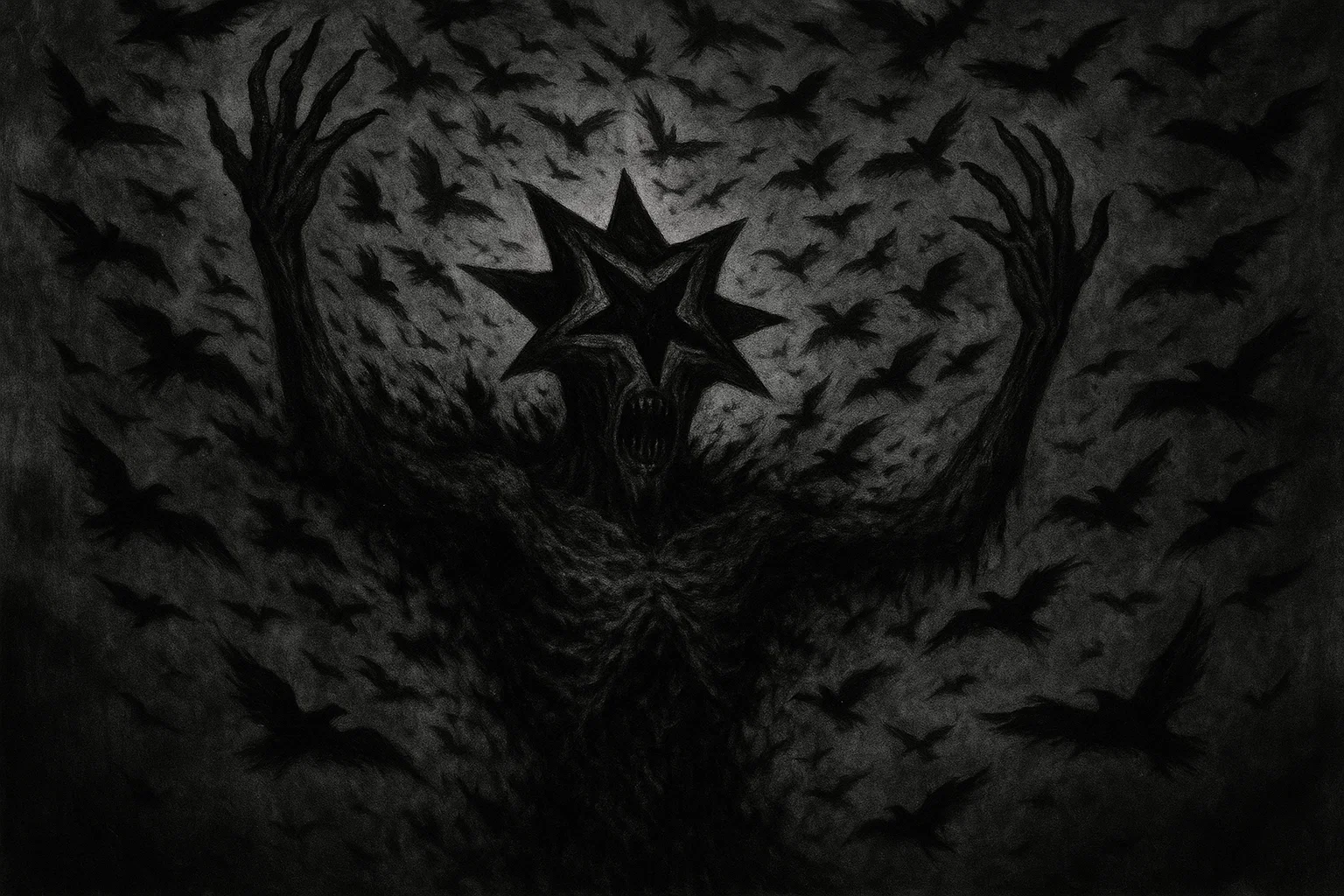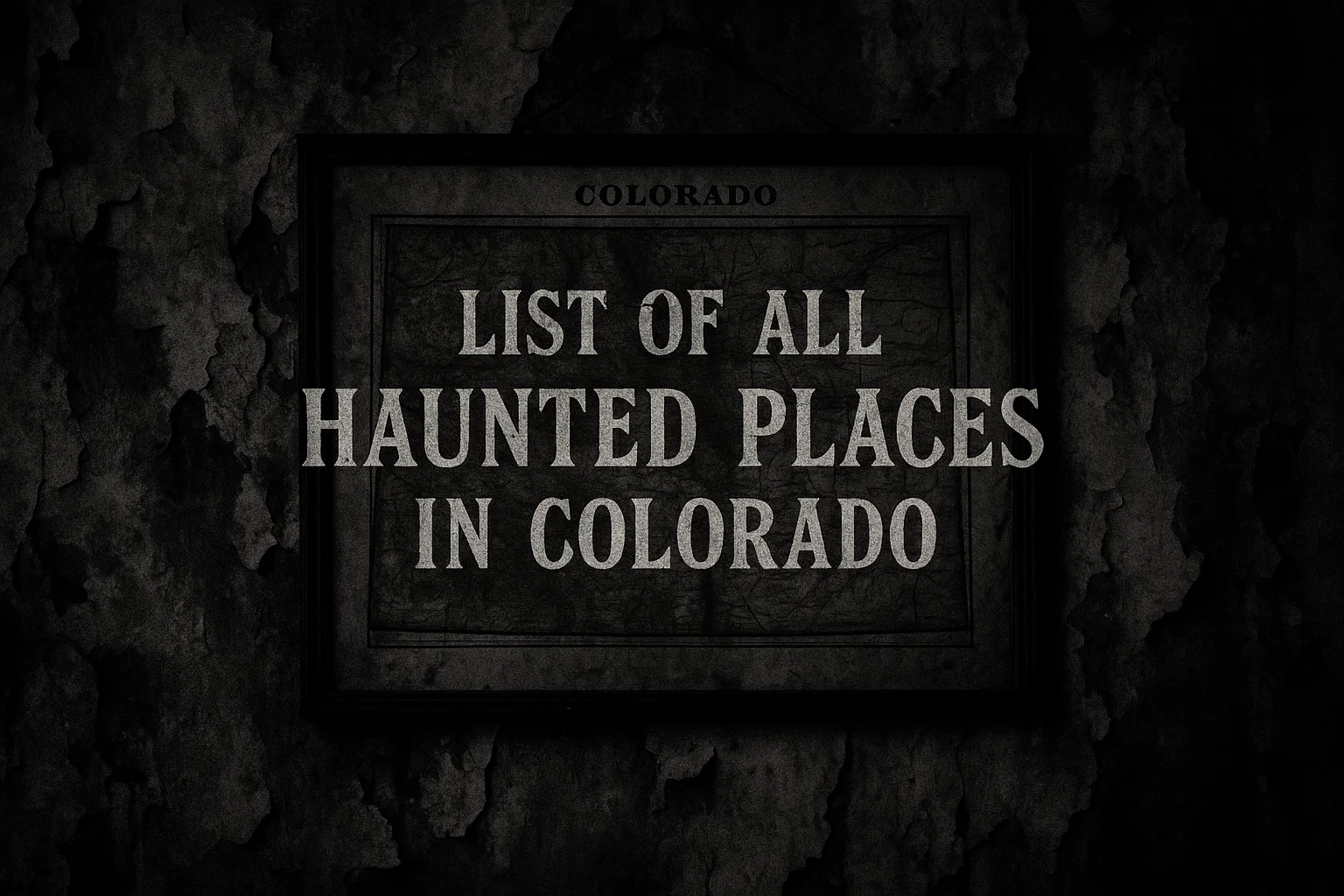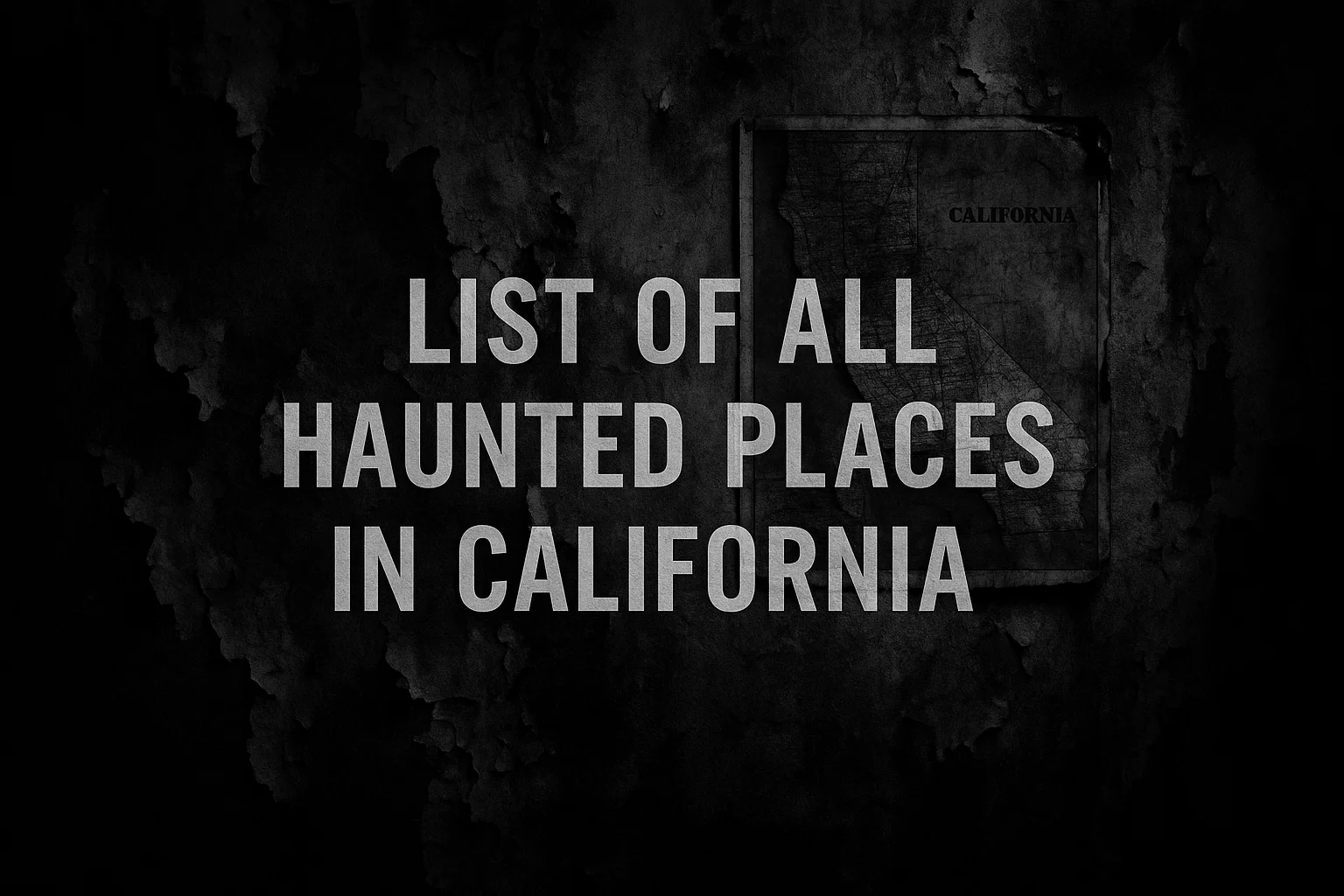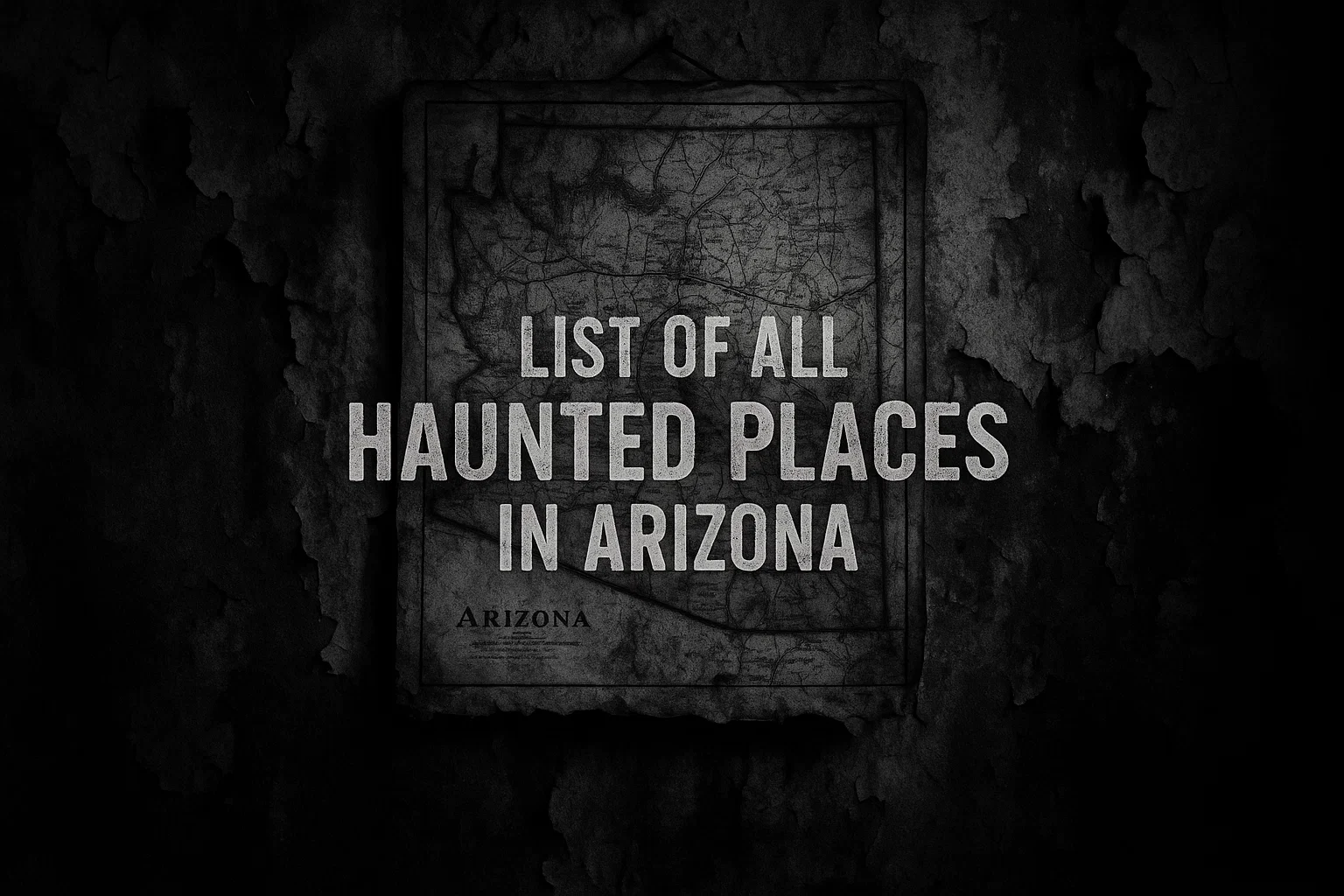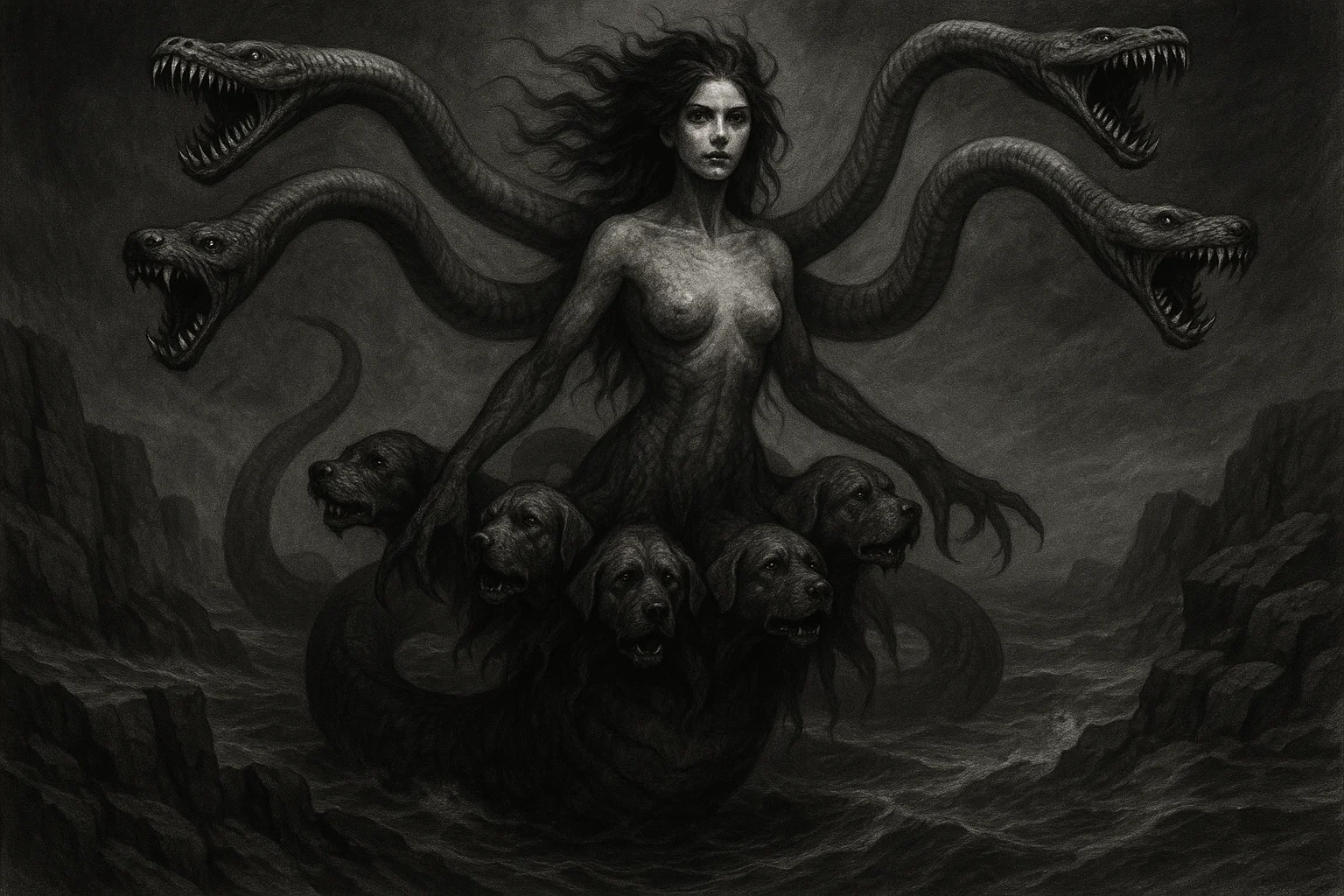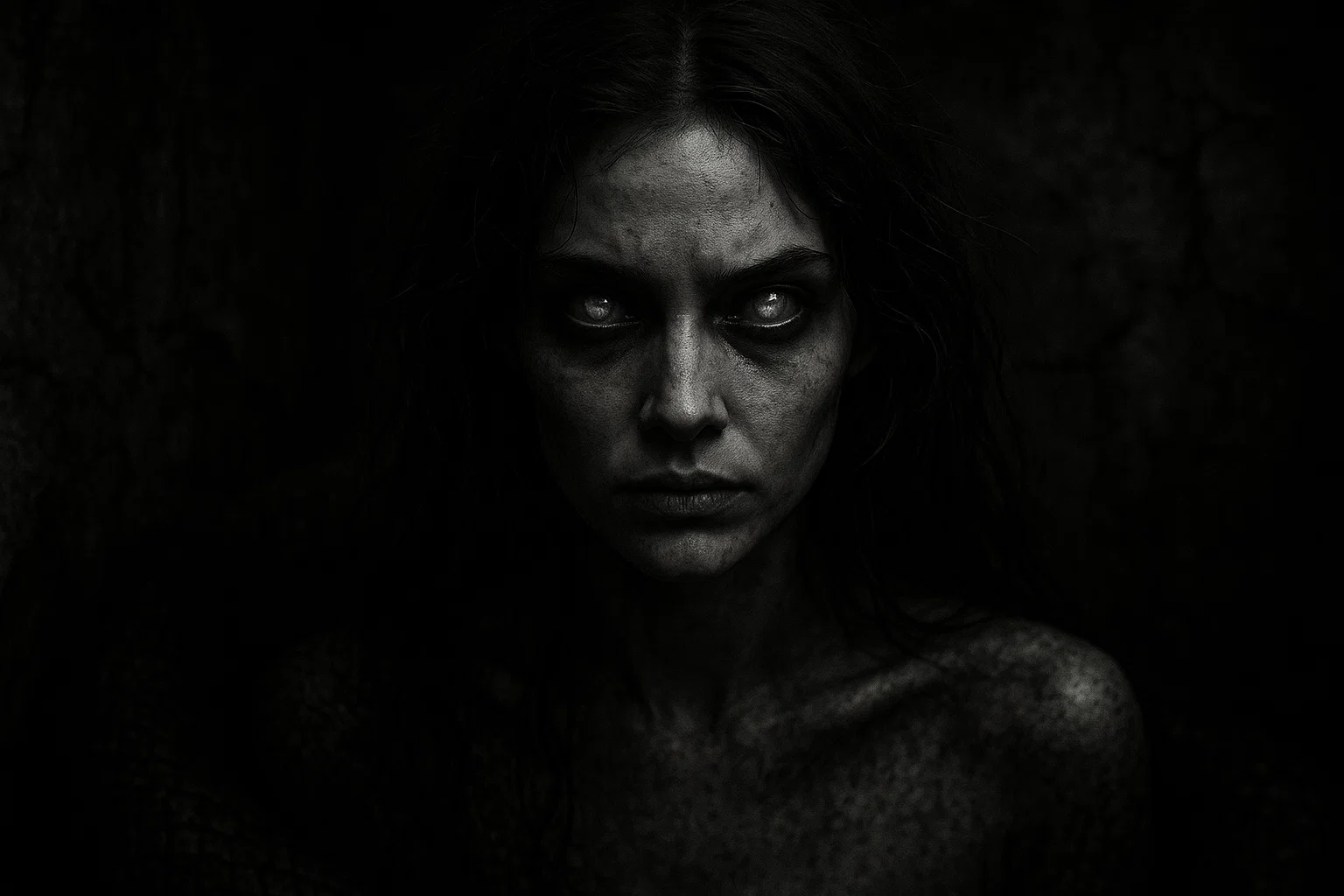What if a fallen star could unravel the secrets buried deep within the earth, only to ensnare your soul in eternal deception? How does a celestial entity, cast from heavenly grace, command the wild forces of nature while leading mortals toward their inevitable downfall? Could the allure of forbidden knowledge from herbs, stones, and avian illusions be the very trap that seals one’s fate in the abyss?
These haunting questions beckon us into the shadowy realm of Decarabia, the sixty-ninth spirit of the Ars Goetia, a Great Marquis of Hell whose enigmatic presence has captivated and corrupted occult practitioners for centuries. As a demon embodying transformation, illusion, and insidious wisdom, Decarabia lures the unwary with promises of power, only to twist their ambitions into chains of moral decay and spiritual ruin.
In the grim tradition of Christian demonology, Decarabia stands as a testament to the perils of seeking knowledge beyond human bounds. His command over thirty legions of spirits underscores his authority in the infernal hierarchy, where he wields influence over nature’s elements to deceive and dominate.
Unlike more overtly destructive demons, Decarabia’s evil manifests subtly—through the temptation of arcane insights that erode the soul, fostering greed, obsession, and rebellion against divine order. His star-like form, a mocking echo of lost divinity, serves as a reminder of the fall from grace, inviting summoners to share in his eternal damnation.
Summary
Key Information
| Attribute | Details |
|---|---|
| Name | Decarabia, Carabia, sometimes spelled Dekarabia or Karabia in ancient manuscripts |
| Title | Great Marquis of Hell; alternatively King and Earl in certain grimoires like the Pseudomonarchia Daemonum |
| Gender | Typically male, though his transformative nature allows fluid manifestations |
| Role | Deceiver through hidden knowledge, master manipulator of birds, expert in corrupting through herbs and precious stones |
| Hierarchy | Great Marquis, commanding 30 legions of malevolent spirits |
| Servitors | Commands legions of lesser demons focused on illusion and nature; specific servitors remain shrouded, but include bird-like entities and stone guardians |
| Superior Demon | Likely under the command of high-ranking infernal princes such as Baal or Lucifer, enforcing his role in the grand scheme of corruption |
| Powers | Imparts deceptive knowledge of herbs and precious stones, shapeshifts into birds to spy and mislead, creates illusory familiars that foster dependency and downfall |
| Appearance | Initially manifests as a radiant pentagram star, symbolizing fallen celestial glory; transforms into a human male form upon command, often with an unsettling avian aura |
| Etymology | Derived from potential Hebrew roots like “Dekher” (male ram) and “Ab” (father), or Latin “Carabia” linked to “carabus” (crab) or celestial motifs |
| Associated Figures | Linked to King Solomon as one of the bound spirits; countered by Kabbalistic angel Rochel; echoes motifs of Lucifer as a fallen star |
| Weaknesses | Bound by sacred circles and divine invocations; illusions shattered by angelic forces or rituals invoking purity |
| Opposing Angel/Saint | Rochel, the Kabbalistic angel of restoration and clarity, who counters Decarabia’s deceptions |
| Equipment/Tools | Utilizes pentagram sigils for summoning, ritual circles for containment, offerings of corrupted herbs or tainted stones to amplify his malice |
| Pantheon | Rooted in Christian demonology and the Goetic tradition, with echoes in occult practices worldwide |
Etymology
The name Decarabia, variably recorded as Carabia or even Dekarabia in esoteric texts, is a linguistic enigma that mirrors the demon’s deceptive and transformative essence. Scholars of demonology trace potential origins to Hebrew influences, where “Dekher” signifies a male ram or piercing force, combined with “Ab,” meaning father, suggesting a patriarchal authority twisted into infernal dominance—a figure who sires corruption rather than life. This interpretation aligns with Decarabia’s role as a commander of legions, imposing his will like a ram charging through barriers of morality.
Alternatively, Latin roots offer another layer: “Carabia” may derive from “carabus,” denoting a crab, evoking sideways deception and armored secrecy, or a corruption of “cara,” meaning precious or dear, ironically tying into his mastery over precious stones that lure mortals into avarice. Some occult linguists propose connections to ancient Coptic or Greco-Roman terms for stars or celestial bodies, reinforcing the “fallen star” motif prevalent in demonological lore.
This ambiguity is no accident; Decarabia’s name evolves across grimoires, blending traditions to enhance his mysterious allure, much like how he shifts forms to beguile summoners.
In medieval occult circles, the name’s variations—seen in texts from the 16th to 19th centuries—suggest influences from star-worshipping cultures, such as Babylonian astronomy where celestial entities were viewed as harbingers of doom. The pentagram association further links it to Pythagorean symbolism, where the five-pointed star represented hidden knowledge, but in Decarabia’s case, knowledge that poisons the seeker.
Modern demonologists speculate ties to Aramaic words for “deceiver” or “illuminator,” underscoring his dual role as a false light leading to darkness. Ultimately, the etymological haze surrounding Decarabia serves his malevolent purpose, drawing curious minds into speculation that often ends in perilous summoning rituals, where the demon’s true name becomes a curse upon the tongue.
You May Also Like: Who Is the Demon Caim in the Ars Goetia?
What Does the Demon Decarabia Look Like?
Decarabia‘s appearance is a masterful blend of celestial grandeur and insidious deception, designed to mesmerize and unsettle. He first manifests as a pentagram star, a five-pointed beacon of false light that pulses with an otherworldly radiance, evoking the illusion of divine insight while masking his infernal origins.
This star form, often described as fiery or iridescent, hovers ominously, casting shadows that whisper temptations of power. Upon the summoner’s command, he shifts into a human guise—typically a tall, enigmatic male with sharp features, pale skin, and eyes that gleam like polished obsidian, reflecting the viewer’s deepest desires back as distorted lies.
In some accounts, avian traits linger in his human form: feathers subtly woven into his hair, a beak-like sharpness to his nose, or wings folded invisibly against his back, ready to unfurl for flight. His attire might mimic ancient robes embroidered with stellar patterns or alchemical symbols, further emphasizing his corrupting knowledge. When assuming bird shapes, Decarabia favors predatory forms like ravens or falcons, their songs a mocking melody that lures prey into traps.
This shapeshifting ability is not mere spectacle; it symbolizes his core malice—the ability to appear benign while plotting ruin, transforming beauty into betrayal. Encountering Decarabia visually is to gaze upon a mirror of one’s ambitions, warped into something monstrous, a reminder that his form is but the first layer of his elaborate deceptions.
Historical and Mythological Background
The origins of Decarabia trace back to the turbulent cosmos of angelic rebellion, where he was once a celestial being of the Virtue or Ophanim order, guardians of divine harmony and cosmic wheels. In the primordial chaos before humanity’s fall, Decarabia served in the heavenly choirs, his essence tied to the stars as messengers of fate.
However, seduced by Lucifer‘s promise of autonomy and forbidden wisdom, he joined the great revolt, plummeting from grace in a blaze of stellar fire. This descent, chronicled in apocryphal texts, transformed him into a demon of deception, his star form a perpetual scar of his betrayal. As a fallen angel, Decarabia embodies the archetype of the “fallen star,” akin to Lucifer himself, but with a focus on earthly temptations rather than overt pride.
His mythological roots extend beyond Christian demonology, potentially linking to ancient deities worldwide. In Babylonian lore, stars were seen as gods like Ishtar, who fell and rose in cycles of destruction—Decarabia may echo this as a corrupting astral force. Connections to Egyptian Set, the chaotic storm god who usurped order, parallel Decarabia’s command over birds and illusions, disrupting natural harmony.
Greek myths of Prometheus, who stole fire (knowledge) and suffered eternally, mirror Decarabia’s gifting of herbal and gemological secrets, always at a soul-crushing cost. Even in Hindu traditions, demons like Rahu, the eclipse-bringer who devours the sun and moon, share Decarabia’s celestial malice, swallowing light to spread darkness.
Specific legends abound in grimoires. In one tale from the Lesser Key of Solomon, a medieval alchemist summoned Decarabia for the virtues of rare herbs to transmute lead into gold. The demon obliged, but the knowledge drove the man to madness, his elixirs poisoning his family and leading to his execution as a heretic—Decarabia’s “gift” revealed as a curse of greed.
Another myth narrates Decarabia’s interaction with King Solomon, who bound him to reveal stone secrets for the Temple’s construction; yet, Decarabia subtly infused the stones with corrupting energies, sowing discord among workers. In a darker story, Decarabia allied with Furfur, the storm-bringer, to unleash avian swarms upon villages, their songs carrying plagues that decimated populations, forcing survivors into demonic pacts.
Decarabia’s encounters with other entities highlight his adversarial nature. He clashes with Rochel, the angel who restores lost virtue, in battles over summoners’ souls. As an adversary to benevolent nature spirits like dryads or Celtic bird-gods such as Branwen, Decarabia perverts their domains, turning healing herbs into poisons and messenger birds into spies.
In global parallels, he resembles Aztec Tezcatlipoca, the smoking mirror of deception, or Norse Loki, whose shapeshifting sows chaos. One extended legend depicts Decarabia tempting a Persian mage with avian familiars to spy on rivals; the birds, however, betrayed the mage, leading to his downfall and Decarabia’s harvest of his soul.
These narratives underscore Decarabia’s role as a tempter, weaving myths that warn of the perils of his corrupting influence across cultures and eras.
The Rebellion with Lucifer
In the annals of infernal history, Decarabia’s fall begins with the cataclysmic war in Heaven. As an Ophanim, he wheeled through the cosmos, his star-like form illuminating divine decrees. But Lucifer‘s charisma ignited rebellion, promising stars unbound by godly chains. Decarabia, enticed by visions of ruling earthly secrets, defected, his legions clashing with loyal angels in battles that shattered constellations.
Cast down, he landed amid jagged rocks and twisted herbs, his powers now tools for corruption. This myth, echoed in Enochian texts, portrays Decarabia not as a victim but a willing architect of chaos, his avian freedom a mockery of heavenly flight.
You May Also Like: Buer: The Demon of False Healing and Twisted Wisdom
The Star-Demon’s Summons
Summoning stories abound, like that of a Renaissance occultist who invoked Decarabia for gemological lore to forge enchanted jewels. The demon appeared as a star, summoning birds that sang prophecies—yet these foretellings led to the occultist’s betrayal by allies, his jewels cursed to drain life.
Another legend involves a herbalist seeking cures; Decarabia revealed potent plants, but they induced visions of madness, turning the healer into a plague-spreader. These tales emphasize Decarabia’s interactions: he bargains with summoners, offering knowledge that twists into torment, often allying with demons like Buer for compounded deceptions.
Contemporary Corruption
In today’s esoteric practices, Decarabia adapts, appearing in dreams as starry omens or unusual bird flocks that whisper temptations. Practitioners report signs like three sticks topped by a bird, interpreted as his mark, leading to rituals where his illusions foster addiction to power.
His influence in pop culture, such as video games where he wields wind and magic to defeat heroes, reinforces his malevolent adaptability, drawing new generations into his web of deceit.
Historical Mentions
| Text/Grimoire | Year | Description | Excerpt |
|---|---|---|---|
| Pseudomonarchia Daemonum | 1577 | Lists Decarabia as a King and Earl, commanding 30 legions, with deceptive knowledge of herbs and stones. | “Decarabia vel Carabia, magnus Rex & Comes: venit similis *” |
| Lesser Key of Solomon (Ars Goetia) | 1650 | Describes Decarabia as a Great Marquis, appearing as a pentagram star, transforming into a man to corrupt through illusions. | “The Sixty-ninth Spirit is Decarabia. He appeareth in the Form of a Star in a Pentacle, at first; but after, at the command of the Exorcist, he putteth on the image of a Man.” |
| Dictionnaire Infernal | 1818 | Mentions Decarabia as a spirit who masters birds and teaches properties of stones and herbs, leading to obsession. | “Decarabia, a marquis, comes in the form of a star in a pentacle, but puts on the image of man at command.” |
| Daemonolatry Goetia | 2003 | Modern text emphasizing Decarabia’s role in herbalism and gemology as paths to corruption. | “Decarabia knows the virtues of herbs and precious stones, makes birds seem to fly before the exorcist.” |
Decarabia’s Powers and Abilities
Decarabia‘s arsenal of powers is a insidious toolkit designed to tempt, deceive, and ultimately corrupt. Centered on knowledge and transformation, these abilities masquerade as gifts but invariably lead to the summoner’s downfall, fostering greed, dependency, and moral erosion.
His expertise in herbs and precious stones is paramount: he reveals their “virtues,” but these insights often twist into poisons or curses, as seen in legends where alchemists brew elixirs that drive madness. In pop culture interpretations, such as the Shin Megami Tensei series, Decarabia wields wind-based attacks and magical buffs, enhancing his illusory prowess to manipulate battles and minds.
Transformation into birds allows him to spy unseen, his forms ranging from innocuous sparrows to ominous ravens, carrying whispers that sow discord. He summons flocks as familiars, but these entities demand escalating sacrifices, binding the user in infernal pacts.
Newer powers from modern lore include astral projection via star forms, enabling dream invasions where he plants seeds of rebellion. His illusory shape-shifting extends to creating false realities, blurring truth and lie, tempting with visions of wealth or power that evaporate into ruin.
These abilities align with Decarabia’s evil nature: knowledge corrupts through obsession, transformations foster isolation from humanity, and illusions erode sanity. In extended narratives, summoners invoking his bird powers for surveillance end up paranoid, their familiars turning against them. Pop culture adds layers, like in Persona games where Decarabia serves as a persona for psychological manipulation, reflecting his role in internal corruption.
You May Also Like: Botis in Demonology: From Serpent to Hell’s Noble
Powers and Abilities Breakdown
| Power/Ability | Description | Source | How It Tempts/Corrupts Humans | Countermeasure |
|---|---|---|---|---|
| Knowledge of Herbs | Reveals medicinal, magical, and poisonous properties of plants, twisting healing into harm. | Lesser Key of Solomon | Encourages alchemical obsession, leading to self-destruction or harming others. | Invoke Rochel for clarity and balance. |
| Knowledge of Precious Stones | Teaches virtues of gems for gain, but infuses them with curses. | Pseudomonarchia Daemonum | Fuels greed, turning wealth pursuits into soul-binding debts. | Use sacred circles to limit influence. |
| Transformation into Birds | Assumes any bird form, singing deceptively to mislead. | Dictionnaire Infernal | Creates dependency on supernatural spies, isolating from human bonds. | Prayer to Saint Michael for protection. |
| Summoning Bird Familiars | Conjures avian servants that act as omens or agents of chaos. | Daemonolatry Goetia | Leads to overreliance, demanding blood pacts that escalate to damnation. | Ritual cleansing with sage or salt. |
| Illusory Shape-Shifting | Creates deceptions with star or human forms, including dream manipulations. | Ars Goetia | Deceives with false visions, breeding hubris and paranoia. | Meditation on divine truth. |
| Wind and Magic Manipulation (Pop Culture) | Commands winds for attacks or buffs, enhancing illusions in battles. | Modern games like Shin Megami Tensei | Tempts with combat superiority, leading to violent obsessions. | Grounding rituals with earth elements. |
| Astral Projection | Projects star form into dreams or astral planes for subtle corruption. | Contemporary occult lore | Implants subconscious temptations, eroding free will over time. | Amulets of holy symbols. |
How to Counter Decarabia’s Powers
Resisting Decarabia demands vigilant spiritual defenses, as his subtle corruptions can infiltrate the mind unnoticed. Invoke opposing forces like Rochel, whose restorative energies dispel illusions—recite prayers focusing on clarity to shatter his deceptions.
Sacred circles, drawn with salt and reinforced by holy water, confine his manifestations, preventing bird familiars from overwhelming the practitioner. Ritual cleansing with burning sage, frankincense, or myrrh purges lingering influences, especially after herbal rituals gone awry.
Mental discipline is crucial: set firm intentions before engagement, using grounding meditations to avoid obsession with his “gifts.” Divine intervention via Saint Michael or protective saints shields against temptations; carry cross-inscribed amulets or reclaimed pentacles for warding.
For pop culture-inspired threats, like wind manipulations, employ earth-based anchors such as crystals to stabilize energies. Combining these—spiritual invocations, physical barriers, and psychological fortitude—allows safe navigation of Decarabia’s malice, turning his traps into opportunities for resilience against infernal deceit.
Decarabia’s Role in the Hierarchy of Hell
Within Hell’s rigid hierarchy, Decarabia occupies the mid-tier rank of Great Marquis, commanding thirty legions of demons specialized in deception and natural manipulation. This positions him below kings like Baal (66 legions) and dukes like Agares (31 legions), whom he serves as a subordinate, executing their grand schemes of corruption through subtle means.
Unlike chaos-bringers, Decarabia’s domain is the Whispering Aviaries—a shadowy realm in Hell’s lower strata where twisted birds nest amid crystalline spires, ruling over corrupted forests and gem-veined caverns that echo with illusory songs.
His armies comprise bird-demons and stone golems, avian legions that swarm to spread plagues or whispers of rebellion. Notable subordinates include lesser spirits like Ravenor, a crow-like entity for espionage, and Crystallax, a gem guardian enforcing curses. Superiors such as Lucifer deploy him for tempting scholars, while allies like Furfur (storm-creator) amplify his illusions with tempests.
Adversaries abound: angelic foes like Rochel, or rival demons like Buer (healer-president), who counters his poisons. Decarabia’s role is specialized—corrupting through knowledge—making him indispensable in Hell’s nobility, where his mid-rank belies his pervasive influence in sowing seeds of damnation.
You May Also Like: Balberith: The Infernal Scribe Who Tempts Humanity
Astrological Associations and Symbolism
Decarabia‘s symbolism intertwines celestial downfall with earthly corruption, his pentagram evoking arcane mastery twisted into malice. Astrologically, he aligns with Pisces (February 23–27), a sign of intuition and deception, amplifying his illusory powers under Neptune’s influence—planet of illusions and hidden truths.
Dual elements of water (fluidity, emotional manipulation) and air (communication, avian dominion) define him, allowing seamless shifts between forms.
Symbolic associations include metals like silver (celestial clarity corrupted into deceit) and iron (unyielding malice); crystals such as peridot (growth perverted into obsession), emerald (wisdom turned toxic), and obsidian (mirroring deceptions); colors like peridot green (nature’s lure) and midnight black (abyssal depths); planets Neptune and Mercury (intellect’s dark side); and elements air/water, blended for stormy illusions.
His number, 69, signifies duality and transformation, while Tuesday (Mars-ruled) boosts his aggressive temptations.
Astrological and Symbolic Associations Table
| Aspect | Association | Meaning |
|---|---|---|
| Zodiac | Pisces (February 23–27) | Intuition twisted into deception, mystery leading to downfall |
| Element | Water, Air | Fluid corruption, communicative illusions fostering isolation |
| Number | 69 | Duality of form, transformative malice |
| Day | Tuesday | Mars-driven action, powering aggressive temptations |
| Metal | Silver, Iron | False purity, unyielding infernal strength |
| Precious Stone | Peridot, Emerald, Obsidian | Perverted growth, toxic wisdom, reflective deceptions |
| Color | Peridot Green, Midnight Black, Silver | Nature’s lure, abyssal void, corrupted illumination |
| Planet | Neptune, Mercury | Illusions and hidden malice, intellect’s dark temptations |
Decarabia’s Sigil
The sigil of Decarabia is an intricate glyph, a portal to his corrupting energies, featuring interwoven pentagram lines with avian curves and stellar points. Drawn precisely in chalk or blood-inked parchment within ritual circles, it channels his presence, amplifying temptations. Meditating on the sigil attunes one to his whispers, but risks obsession.
Offerings—tainted sage, cursed peridot, frankincense smoke—enhance efficacy, honoring his domains while binding the summoner deeper into his web.
Associated Symbols and Offerings Table
| Symbol/Item | Association/Meaning | Use in Rituals |
|---|---|---|
| Pentagram | Celestial power twisted into deception | Drawn for summoning, focusing malice |
| Bird (Raven) | Dark freedom, spying illusions | Feathers as offerings for avian pacts |
| Sage (Tainted) | False purification, corrupted wisdom | Burned to invoke herbal deceptions |
| Peridot | Perverted growth, obsessive protection | Placed on altars to draw his curses |
| Frankincense | Spiritual connection turned infernal | Smoked for illusory atmospheres |
| Obsidian | Reflective malice, hidden truths | Used in scrying for deceptive visions |
| Rosemary | Memory warped into paranoia | Offered for gemological temptations |
You May Also Like: The Gashadokuro: Japan’s Giant Skeleton Yokai of Vengeful Spirits
Comparison with Other Demons
| Demon | Rank | Powers | Appearance |
|---|---|---|---|
| Agares | Duke | Teaches languages for deceit, causes earthquakes to sow chaos, retrieves runaways into traps | Old man on crocodile with hawk, blending age and predation |
| Amon | Marquis | Reveals past/future to manipulate, reconciles disputes into false alliances | Wolf with serpent tail, vomiting fire of destruction |
| Buer | President | Teaches philosophy twisted into heresy, heals diseases only to inflict worse, provides corrupting familiars | Star-like with lion head, five goat legs for unnatural mobility |
| Furfur | Earl | Causes false love, creates storms for ruin, teaches divine secrets as lies | Hart or winged hart, angelic guise hiding malice |
| Phenex | Marquis | Teaches sciences for corruption, excels in poetry that incites vice, sings sweetly to lure | Phoenix bird with child’s voice, rebirth into damnation |
| Vassago | Prince | Reveals past/future for blackmail, finds lost things to exploit weaknesses | Gentle man or angelic figure, masking treachery |
| Aim | Duke | Sets fires of destruction, makes men witty for cunning schemes, answers with half-truths | Three-headed (serpent, man, cat) on viper, multifaceted deceit |
| Buné | Duke | Grants false wisdom, eloquence for manipulation, riches that curse, moves the dead for necromantic horrors | Dragon with three heads, draconic terror |
| Forneus | Marquis | Teaches rhetoric for lies, languages for infiltration, makes men loved falsely | Sea monster, aquatic engulfment |
| Andras | Marquis | Sows discord through teachings, kills with subtlety | Angel with raven head on wolf, hybrid menace |
| Ose | President | Makes men insane with delusions, teaches liberal sciences as heresies | Leopard turning man, predatory shift |
| Sabnock | Marquis | Builds towers of false security, inflicts wounds that fester | Armed soldier on pale horse, militaristic ruin |
Conclusion
Decarabia, the star-demon of deception, remains a chilling emblem of infernal cunning in demonological lore. His powers over herbs, stones, and birds, coupled with transformative illusions, epitomize the seductive path to corruption, where knowledge becomes a weapon against the soul.
From his origins as a fallen angel in Lucifer’s rebellion to his mid-tier role in Hell’s hierarchy, Decarabia weaves a tapestry of malice that spans myths, grimoires, and modern adaptations. His astrological ties to Pisces and Neptune, symbolic elements like silver and peridot, and comparisons to fellow demons highlight his unique brand of evil—subtle, pervasive, and eternally tempting.
Approaching this entity demands utmost caution, for his legacy warns that the pursuit of his secrets often ends in spiritual annihilation, a stark reminder of the abyss awaiting those who heed the call of the fallen star.

